My wife and I had been interested in small, micro-sized startup ideas for over 16 years, at one point pursuing six projects at once. As you can imagine, we were spread so thin, none of the ideas took off. So we began looking for a simple way to manage the chaos of startup ideas and nurture them one-at-a-time into real businesses.

Identifying the best idea turned out to be the key: one that matched our interests, life goals, and our skills while also minimizing our worst skills (or alternately, affording an opportunity to turn a weakness into a strength).
To find, then nurture, the best idea, we hit upon the practice of doing a Quarterly Review of our project(s). Every three months, we spend a week or so to think and write about the past quarter.
What worked?
What failed?
What might we do better or differently in the next three months?
What’s the most urgent goal today for this idea?
We left the most important question for the end: Do we want to continue this project?
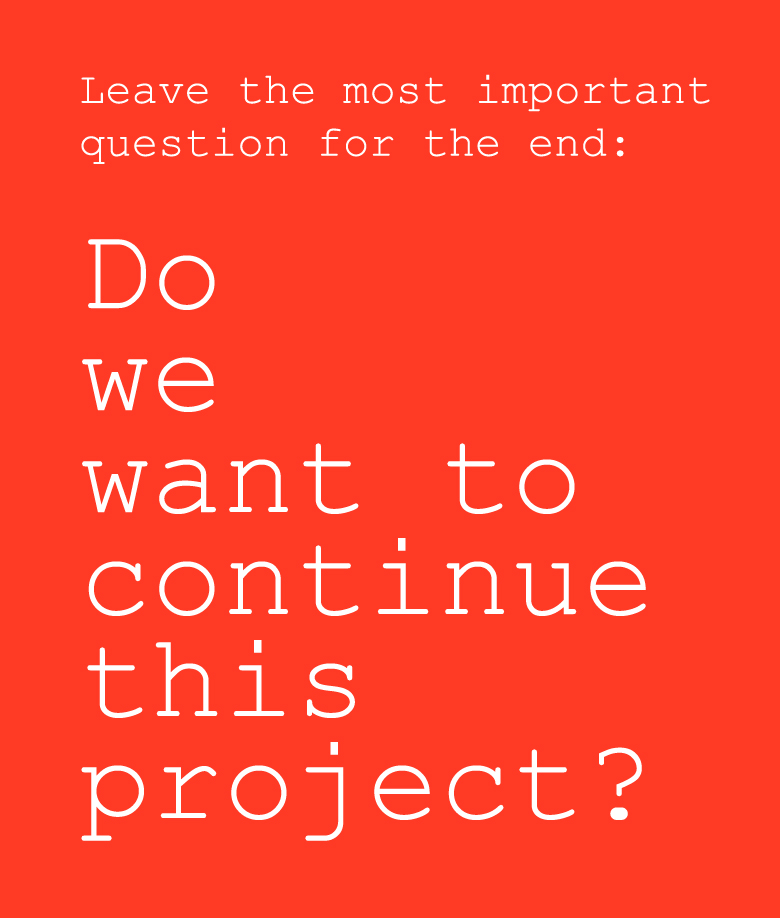
If the answer is no —we’re bored with this idea or it is a dead end — then the next three months are spent developing new project ideas. We evaluate each idea as they appear and, at the end of the three months, we spend another week or ten days thinking through the same questions about success, failure, goals, what we might do differently, and do we want to continue.

Each review uses a Google Doc but any text program works. We begin by looking over past reviews. Then we write in detail about problems in search of all possible solutions. We paste in screenshots of customer emails or other data to document (and remember!) key points. We use bullets and numbered lists to make it easy to find goals and next steps. Bolding key phrases and sentences also helps scanning.
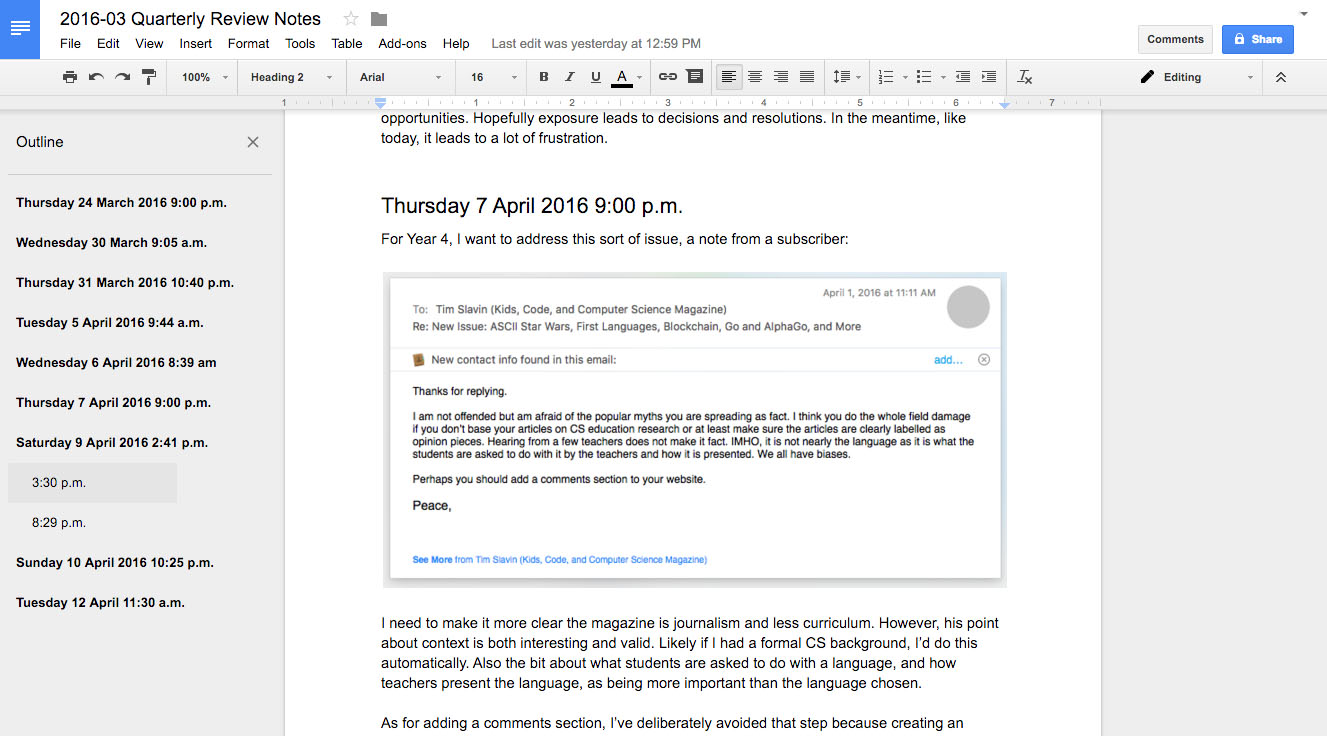
This circular process of reflection and action has worked well. The first two quarters —six months— were spent evaluating all our startup ideas for how they fit with our skills, strengths, weaknesses, and other criteria. Then we picked the startup idea that seemed the best fit and worked out first steps.
We got through three quarterly reviews before realizing the first project we chose — an online editorial calendar for publishers — didn’t fit because it required finding a co-founder with technical experience. It wasn’t our goal to build the next Google. We were looking for a small idea that makes the world a little better by helping people, and provides paying work for half a dozen people.
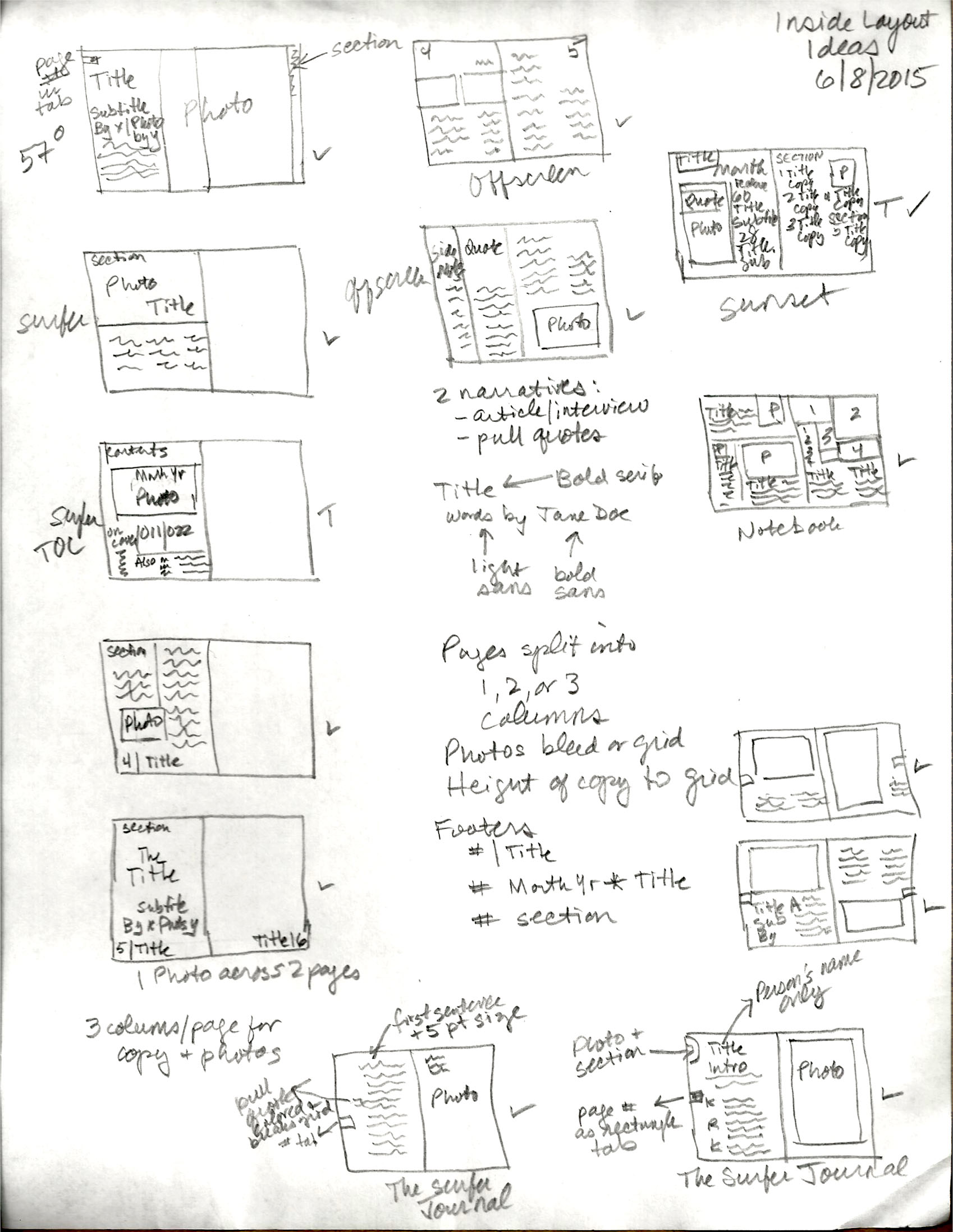
The next idea for a startup also hit an unexpected obstacle: We wanted to start a magazine about WordPress publishing software. It’s a great community with many liberal arts people who learn WordPress and programming because they want to express themselves.
A month before launch, however, we discovered you can’t use the name WordPress in the title of products or publications. And the number of potential subscribers was not large enough to support a magazine.

What to do?
Discovering the impossibility of the WordPress name happened days before starting another Quarterly Review. The review led to the insight that two startup ideas could be combined into a magazine geared towards kids, parents, teachers, librarians and adults who wanted an easy way to grasp concepts about computer science, learn basic programming, and explore how we use technology in our daily lives. It could be a fun magazine to do and matched our skills and interests.
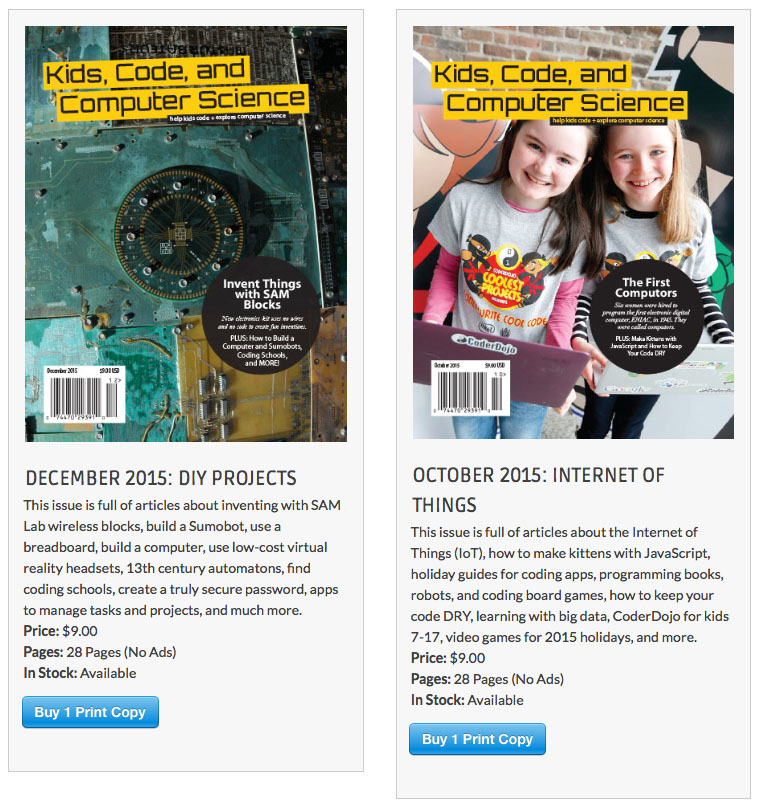
We had three issues of articles completed for the WordPress magazine startup idea. Our quarterly review revealed that repurposing many of those articles would be easy. So we pushed the launch date from May to August and spent the next few months writing additional articles for the first three issues of our magazine. We called it Kids, Code and Computer Science.

This quarterly review process made success more likely because we have a regular schedule to think about everything and decide whether to continue (or not).
It’s also proved very liberating.
It’s too easy to be distracted by daily circumstance. Sitting down every three months to look over what we’ve written in the past, think about what we’ve done recently and might do in the near future, helps focus our energy and frees us to have to fun on a daily basis. We can’t get too far off track. We’re able to spot opportunities and follow up. And we’re not paralyzed trying to do half a dozen really interesting startup ideas.
We’ve also found that a Quarterly Review practice can be applied to any life goal.

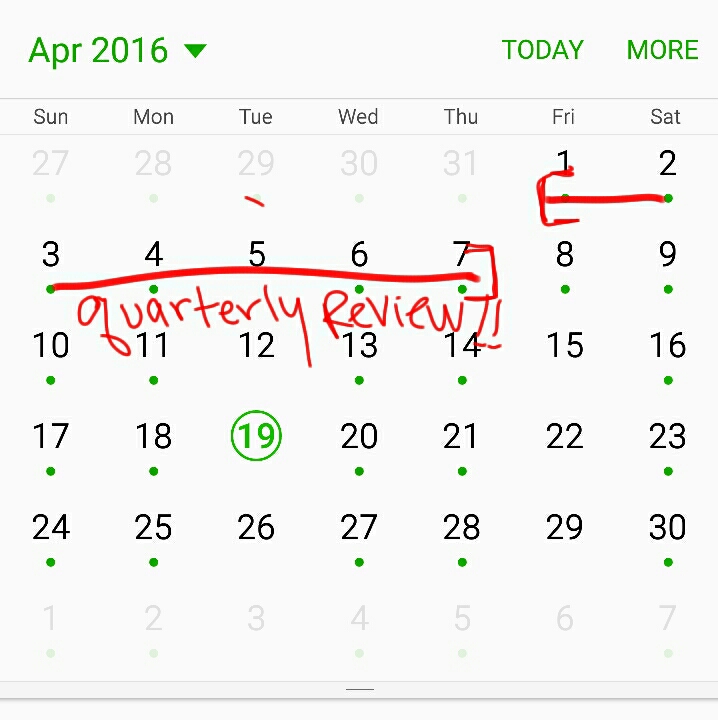



Great article! Stopping to take stock on life is so important. Years ago I heard a great formula making time for self-reflection, and I still try to stick to it: 1 minute a day, 1 hour a week, 1 day a quarter, 1 week a year.